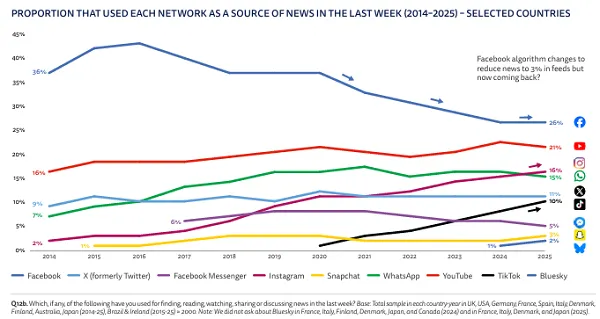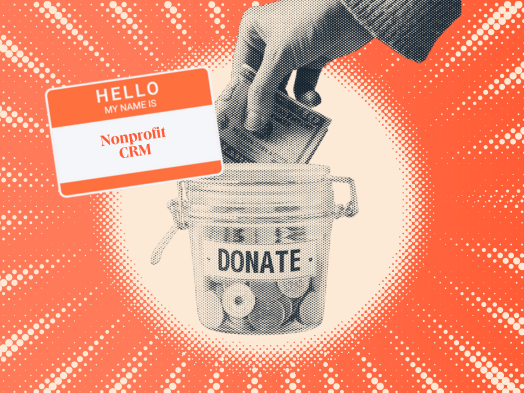Embracing AI—5 reasons marketers shouldn’t fear artificial intelligence
It might be just the tool to give struggling marketers a break.

There have been plenty of doomsday predictions surrounding AI, especially the latest and greatest incarnation, OpenAI’s ChatGPT (or generative pre-trained transformer). But for every op-ed worried about the implications for education, copywriting and even democracy itself, there’s someone delighted by the possibilities. It’s a technology that’s here to stay so maybe leaning into its usefulness is the way to go. In a time of shrinking budgets and marketing reorgs, this might be just the tool to give struggling marketers a break. Here are five use cases for AI right now:
Do more of what you enjoy
AI, especially one as good as ChatGPT, can get rid of the bottom-of-the-barrel kind of tasks that you have to do. Preparing reports, culling and merging lists and other entry-level tasks can be crossed off your to-do list while you move on to more productive assignments. For example, it could take on 20% of your work such as first-draft monthly or quarterly updates, opening the door for you to do new things. Business owners and startups never have enough time. Here’s a tool that can actually give you time without negatively impacting your business.
Get a head start
The marketing use case for AI chatbots could be really big. You can jump into something like ChatGPT and ask it to create newsletter ideas about the housing market, for example. It will immediately provide a list of brainstorming ideas. Or you could jump-start an advertising or marketing campaign using an AI to help brainstorm copy or imagery. You’ll need to tweak the materials and build on them to reflect your branding and passion but figuring out where to start is often the most difficult part. In fact, you could even use AI as a brainstorming buddy to try out slogans, copy, directions and more.
Create targeted content
For the next step, you could add in data to create microtargeted content. Each customer can get their own personalized marketing piece. You can plug customer data into an AI chatbot and have it create content that speaks to a customer’s particular likes or pain points. And you can now run personalized ads for that customer on Facebook or Google. People say they hate ads but like useful information. This technology combined with customer data could help you turn unwanted ads into information your customers value and appreciate.
Take back the power
Facebook and Google ads account for about 70% of marketing spend for small businesses. If you add AI on top of that, it gives you more power to reach your customers. Combining the power of AI along with customer data could even let you skip Facebook and Google altogether by going directly to customers. Putting marketing power back in the hands of businesses instead of these behemoths is another interesting chapter in the AI story.
Level the playing field
So many innovations wind up disproportionately aiding big corporations. But AI has a chance to level the playing field for smaller organizations. Let’s say a small business owner has an hour set aside each week for marketing. Instead of spending that hour trying to write a marketing email or series of social media posts, they can spend five minutes asking the chat bot to generate the content—which takes seconds. After 30 minutes of editing, you’re still going to have 25 to 30 minutes to add something extra—maybe an employee spotlight feature that humanizes your business and connects to customers on a deeper level, or brainstorming special promotions, new products or a big marketing push.
Are there risks to using AI like this? Of course. The biggest risk for small businesses and startups is thinking this is a “set it and forget it” situation. You can’t just let AI off the leash and let it run. Remember, it’s handling that bottom 20%. You still have to get in there to fact-check and personalize it. Marketing is your brand. If all you’re putting out online looks like it came from an emotionless, unempathetic robot that makes potential errors, that’s how people will view you.
This is just the beginning. Since OpenAI launched ChatGPT for people to try, the creativity on display has been astounding. Go check it out on Twitter to see for yourself. And now that Microsoft is investing heavily in OpenAI, it’s really just the beginning. Seeing what it can do has us asking “What else can it do?” The possibilities feed into the creativity and problem-solving ability of marketers. What other uses will they come up with?

 Tfoso
Tfoso 































